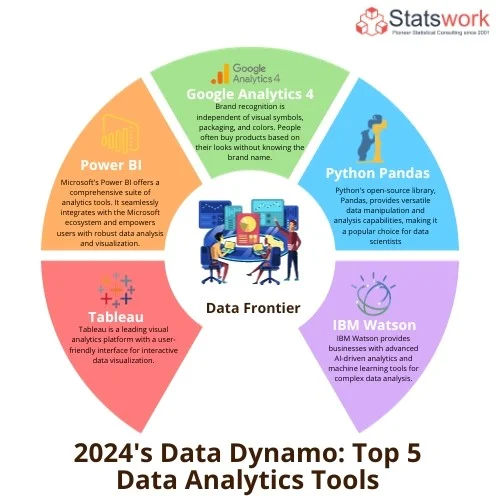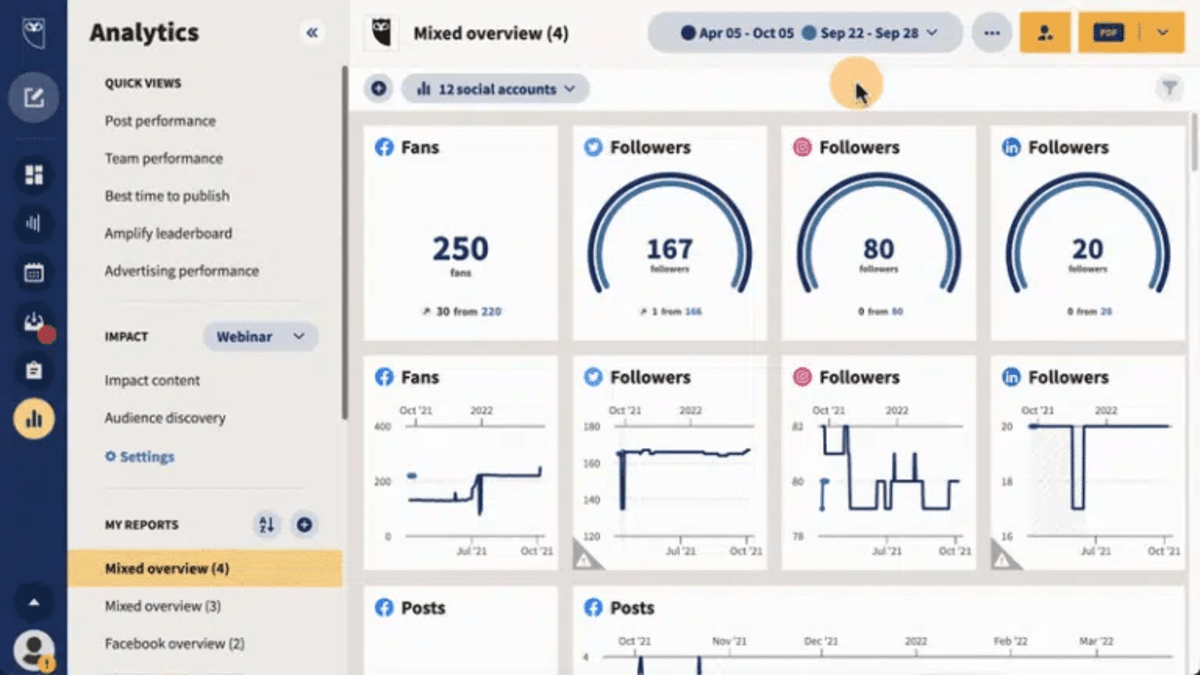Boost Your Workflow with Intelligent Analytics Equipments
Boost Your Workflow with Intelligent Analytics Equipments
Blog Article
Increase Performance and Success With Information Analytics
In today's data-driven landscape, services are significantly recognizing the critical role of data analytics in enhancing functional efficiency and profitability. By systematically examining information, organizations can uncover vital understandings that notify tactical decisions, streamline processes, and tailor customer experiences.
Comprehending Information Analytics
In today's data-driven landscape, comprehending data analytics is vital for organizations aiming to improve functional performance and drive earnings. Information analytics involves the organized computational analysis of data collections to discover patterns, connections, and understandings that notify decision-making. By employing different strategies, such as statistical evaluation, artificial intelligence, and predictive modeling, organizations can transform raw data right into actionable intelligence.
The process generally begins with information collection, where pertinent details is collected from numerous resources, consisting of transactional data sources, client communications, and market fads. This information is then cleansed and organized to guarantee precision and uniformity. When the information is prepared, logical tools and software program are used to explore and imagine the details, making it possible for stakeholders to recognize trends and abnormalities.
Ultimately, understanding data analytics empowers companies to make informed choices based upon empirical evidence as opposed to instinct. It assists in targeted techniques that can maximize source allocation, improve client fulfillment, and boost general performance. As businesses progressively recognize the value of data-driven understandings, a solid understanding of data analytics ends up being an important competency for leaders and groups alike, placing them for continual success in a competitive setting.

Key Advantages for Organizations
Businesses that take advantage of data analytics can unlock a plethora of benefits that significantly improve their operations and earnings. Among the main advantages is enhanced decision-making. Data analytics gives actionable understandings originated from real-time data, enabling businesses to make informed selections that align with market demands and customer preferences.

Furthermore, data analytics fosters boosted client experiences. By comprehending customer behaviors and preferences, organizations can tailor their offerings, bring about raised contentment and loyalty. This personalized technique commonly causes higher conversion rates and repeat organization.
Additionally, information analytics enables businesses to determine emerging trends and opportunities. By staying in advance of the curve, organizations can maximize brand-new markets and advancements before their competitors.
Executing Data-Driven Techniques
Effective execution of data-driven methods requires a detailed understanding of both business objectives and offered information sources. Organizations must initially specify their objectives clearly, making certain positioning in between data campaigns and critical objectives. This quality allows groups to focus on pertinent metrics and understandings that drive decision-making.
Next, services need to analyze their existing data facilities. This entails reviewing information quality, access, and assimilation capacities. Premium data is vital for accurate analysis, as poor data can cause illinformed methods and wasted sources. Organizations has to establish processes for data collection, cleaning, and administration to maintain information stability.
Furthermore, look at here now promoting a data-driven society is important. Staff members in all levels ought to be encouraged to leverage data in their daily procedures. Educating workshops and programs can improve information proficiency, empowering staff to make enlightened decisions based on analytical understandings.
Tools and Technologies Introduction
A durable suite of tools and technologies is crucial for companies aiming to harness the full potential of information analytics. These devices facilitate the collection, handling, and visualization of information, enabling services to derive workable understandings.
At the foundational level, information management platforms such as SQL databases and NoSQL systems give effective data storage and access capacities. For data processing and evaluation, programs languages like Python and R, together with frameworks such as Apache Glow, make it possible for intricate computations and artificial intelligence applications.
Visualization devices, consisting of Tableau and Power BI, change raw information into user-friendly visual layouts, making insights available to stakeholders in all levels. Additionally, cloud-based platforms like Google Cloud and AWS use scalable storage and handling solutions, fitting the growing volumes of data companies run into.
For innovative analytics, anticipating modeling and AI-driven options are progressively embraced, allowing business to anticipate patterns and improve decision-making procedures. Integrating these devices right into existing workflows is extremely important; organizations that efficiently utilize this innovation can dramatically enhance functional performance and drive earnings. Therefore, purchasing the right devices and modern technologies is a strategic crucial for any data-driven company.
Situation Researches of Success
Leveraging data analytics has actually led many organizations to attain impressive improvements in effectiveness and productivity. One remarkable case is a big retail chain that implemented predictive analytics to maximize supply management. By evaluating historical sales information and customer fads, the business lowered learn the facts here now excess inventory by 30%, resulting in significant expense financial savings and enhanced capital.
An additional example can be discovered in the production industry, where a leading automobile supplier made use of data analytics to enhance its manufacturing procedures. By monitoring equipment performance in real-time, the organization recognized inadequacies and bottlenecks, leading to a 20% boost in total tools performance (OEE) This not only improved manufacturing prices yet additionally decreased downtime and upkeep expenses.

These study show just how data analytics can drive calculated decision-making, maximize processes, and inevitably improve both performance and earnings throughout numerous industries.
Conclusion
In final thought, the assimilation of data analytics into company operations provides considerable possibilities for boosting effectiveness and success. By methodically analyzing information, companies can identify inefficiencies, maximize customer experiences, and make informed decisions.
In today's data-driven landscape, recognizing data analytics is crucial for companies aiming to enhance operational efficiency and drive productivity. Data analytics involves the methodical computational analysis of data collections to uncover patterns, correlations, and understandings that educate decision-making. Information analytics offers actionable insights acquired from real-time information, enabling organizations to make informed choices that align with market needs and customer choices.
High-quality data is crucial for exact evaluation, as poor data can lead to illinformed techniques and wasted resources. Organizations has to establish procedures for data collection, cleansing, and monitoring to preserve data stability.
Report this page